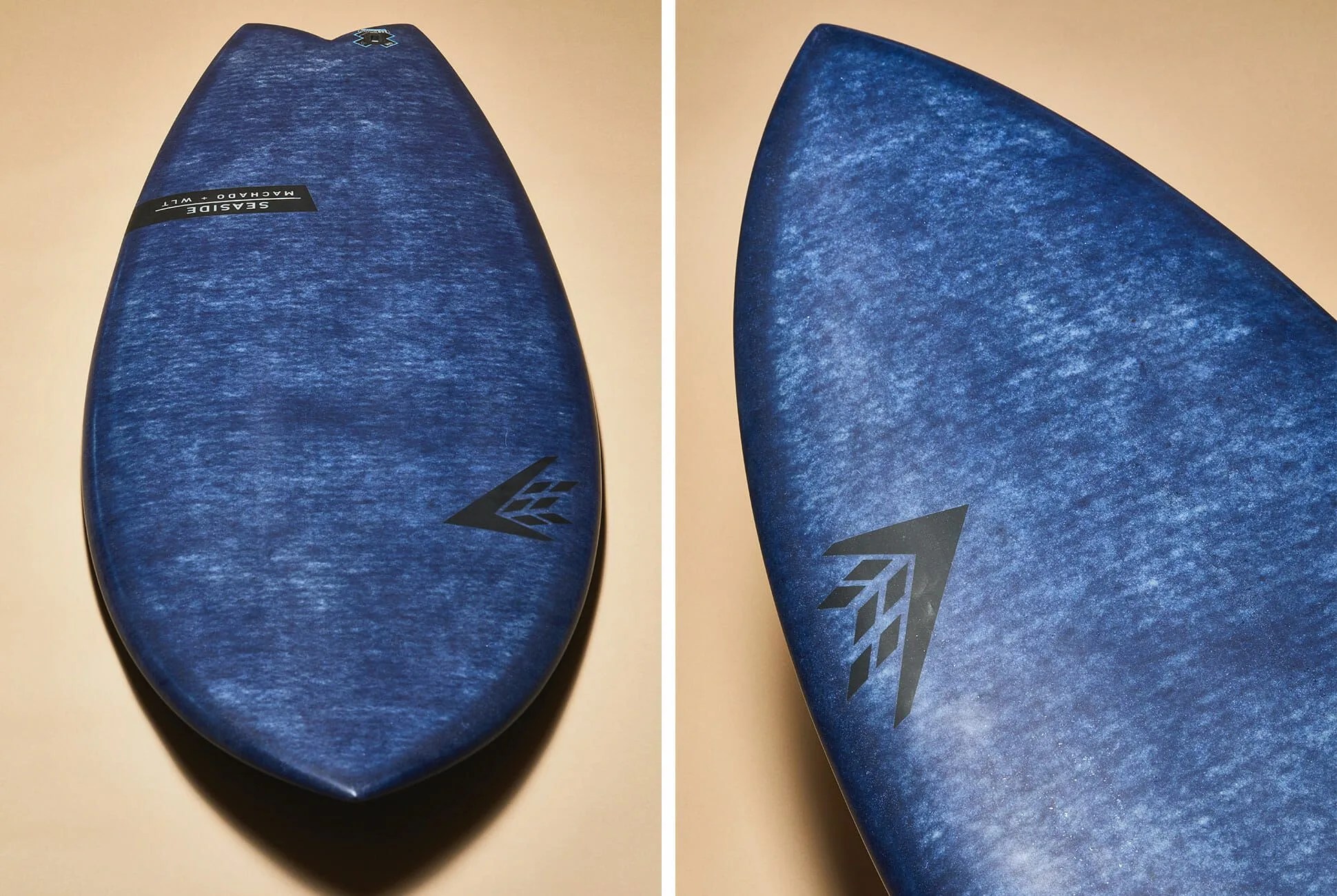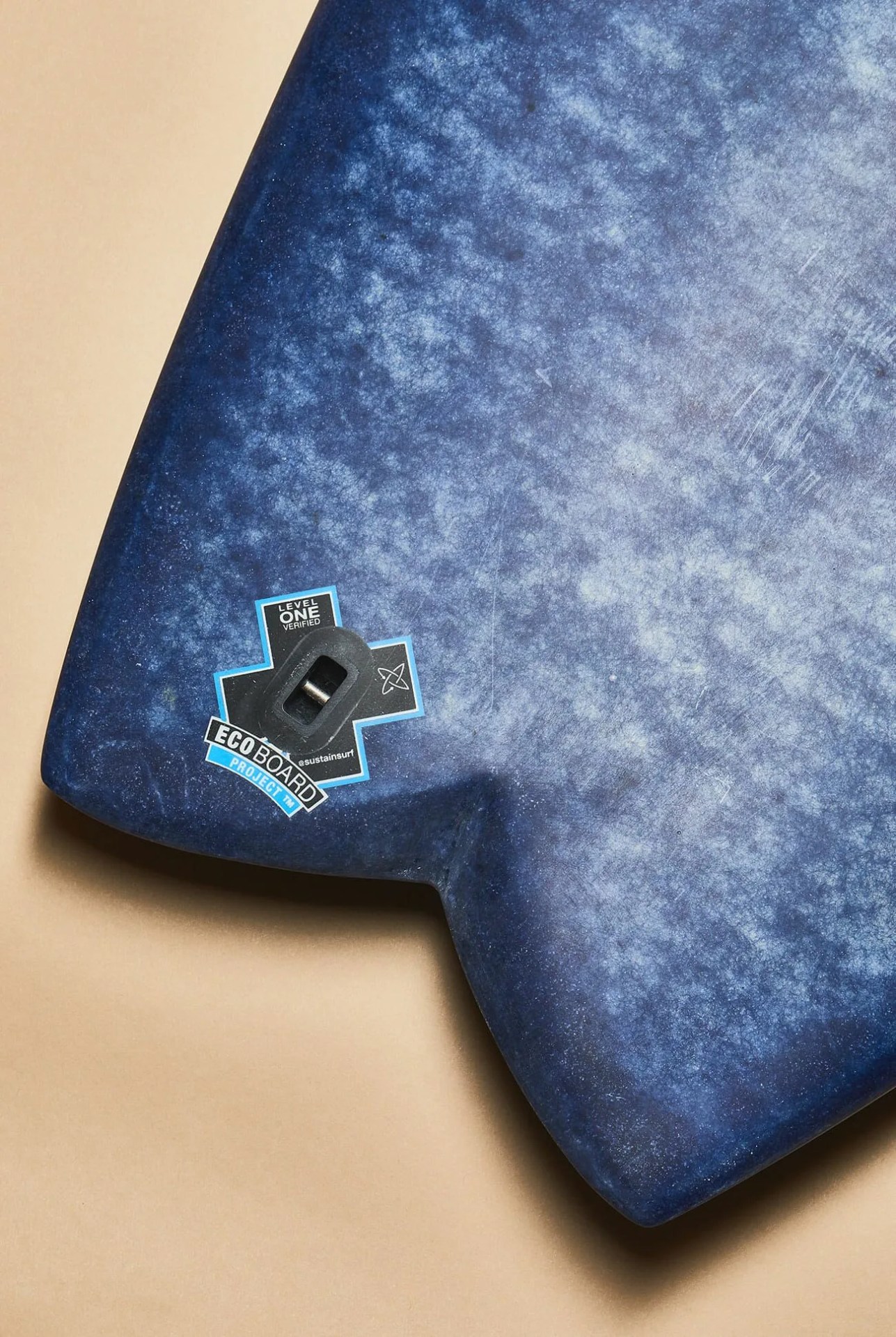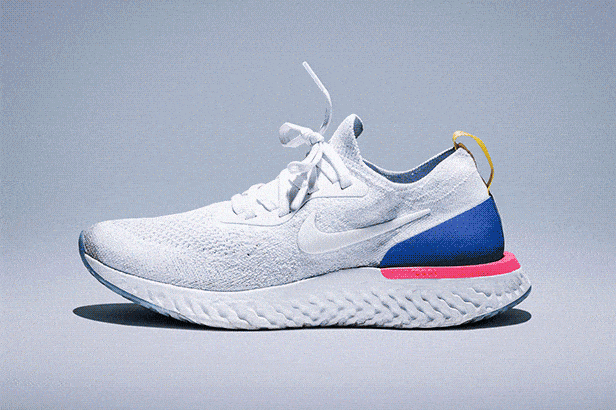This story is part of our Summer Gear Guide issue, covering everything from cold brew to grill hacks to the perfect outdoor projector. For the full list of stories, click here.
Humans use wool for all sorts of products: clothing, insulation, carpeting, blankets, technical garments and on, and on. We can add “surfboard” to that ever-growing list, now that Firewire Surfboards is bringing to market a peculiar idea from New Zealand surfboard shaper Paul Barron that replaces the fiberglass fabric of a board with ovine fiber. The technology is called Woolight, and Firewire is manufacturing a limited initial quantity to test the market acceptance, all of them in the company’s most popular shape, the Rob Machado Seaside.
Woolight’s origins are humble: nearly ten years ago Barron spilled resin on a sweater of his, but instead of the resin dripping off as he expected it to, it settled into the soft material. A cerebral light bulb clicked on, and he got to work. Years later, Barron brought the concept to Firewire, a surf company (owned in part by Kelly Slater) that has a reputation for using non-traditional processes to make surfboards. In its first board design, which debuted in 2006, Firewire removed the wood stringer from the middle of a board’s foam core and placed it instead parabolically around the outer edge of to create a more torsional flex pattern.
The use of wool continues that tradition of innovation, but also hits on another issue that plagues the surf industry: sustainability. “People with ideas around sustainability who can’t commercialize it for any number of reasons approach us all the time asking if we want to bring it to market,” Firewire CEO Mark Price says. “Paul was aware of all the things we’ve done and are doing, and he approached us two and a half, three years ago. We were just excited by it. It’s a natural fiber that grows, so to speak, in a very environmentally-friendly way.”
The types of boards everyday surfers ride have typically been dictated by what professional surfers have under their feet. The surf industry plays heavily on marketing what less than one percent of the surfing population can actually do on a wave, and surfers can be stubborn to adopt something different without seeing it in action. But the one thing that has stayed consistent since the conception of professional surfing in the 1970s is the materials used to make surfboards.
Surfboard construction has remained mostly unchanged since the introduction of fiberglass and polyurethane (PU) after World War II. The 1960s and 70s, a time colloquially referred to as the Shortboard Revolution, saw board designs get shorter than the old 10-foot planks so that they could become much more maneuverable. There have been size and shape developments since then, but that polyurethane foam core and fiberglass-fabric-with-resin construction is still what floats surfers over waves around the globe today.
Surf companies have only recently begun to explore the use of new materials. Carbon fiber, recycled timber, cork and bio-resins are beginning to make their way into more prominent shapes. In many instances though, different materials provide different riding experiences on a wave, and for creatures of habit like surfers, changes may not always produce the desired characteristic in a surfboard. For surfboard manufacturers looking to move away from the toxic resins and the large carbon footprints associated with petroleum-derived polyurethane surfboard blanks, that stubbornness creates a difficult hurdle.


